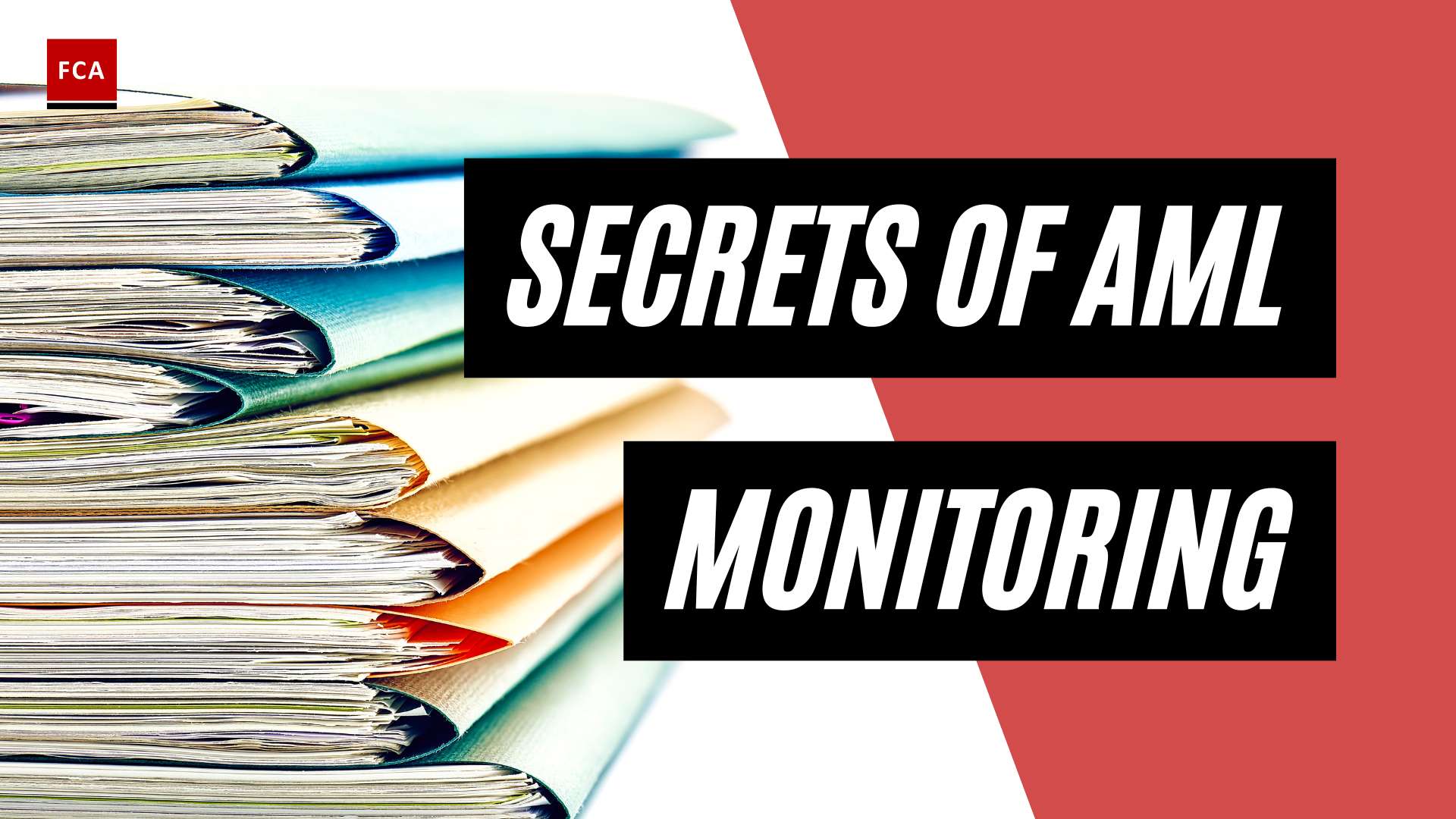Public-Private Partnerships in AML
In the fight against financial crime, public-private partnerships play a vital role in the effective detection and prevention of illicit activities such as fraud, money laundering, terrorism financing, human trafficking, child exploitation, and illegal wildlife trade. Criminal organizations move an estimated volume of illicit money that ranges between 2%-5% of global GDP, underscoring the need for international cooperation to combat these threats (Oliver Wyman).
The Importance of Collaboration
Collaboration is essential in addressing the complex challenges posed by financial crime. Public and private sectors working together can leverage their respective strengths and resources to enhance the detection and prevention of money laundering activities. By combining expertise, technology, and information sharing, these partnerships enable quicker and more efficient responses to emerging threats. They contribute to a more robust financial system that is better equipped to protect the integrity of the global economy.
Role of Public and Private Sectors
Public and private sectors have distinct roles to play in public-private partnerships in anti-money laundering (aml public-private collaboration). The public sector, including government agencies and regulatory bodies, provides the legal framework, oversight, and enforcement necessary to combat financial crime. They set the regulations, monitor compliance, and investigate and prosecute illicit activities.
On the other hand, the private sector, including financial institutions, corporations, and industry associations, possesses valuable data, expertise, and technology to contribute to the fight against money laundering. Financial institutions have access to transactional information, customer data, and patterns that can aid in the detection of suspicious activities. By collaborating with the public sector, they can provide critical insights and contribute to the development of effective strategies and solutions.
The private sector’s involvement in public-private partnerships is essential for several reasons. Firstly, financial institutions have a deep understanding of their customers and can identify unusual or suspicious transactions that may indicate money laundering activities. Secondly, they have the resources and technology to analyze vast amounts of data and detect patterns that may be indicative of illicit financial behavior. Finally, their industry expertise allows them to contribute to the development of best practices, guidelines, and regulations that enhance the overall effectiveness of anti-money laundering efforts.
Public-private partnerships in AML enable the public and private sectors to collaborate, share information, and leverage each other’s strengths. This collaboration leads to a more comprehensive understanding of financial crime threats and effective response strategies. By working together, these partnerships contribute to an efficient financial infrastructure with minimal friction for customers, while ensuring the integrity of the global financial system.
In the next section, we will explore the specific benefits that public-private partnerships bring to the table, including enhanced information sharing and a more comprehensive understanding of financial crime.
Benefits of Public-Private Partnerships
Public-private partnerships play a crucial role in the fight against financial crime, particularly in the field of anti-money laundering (AML). These collaborations between the public and private sectors offer a range of benefits that contribute to the overall effectiveness of AML efforts.
Enhanced Information Sharing
One of the primary benefits of public-private partnerships in AML is enhanced information sharing. These collaborations create an environment where industry participants and regulators can share valuable insights, data, and intelligence. This dynamic exchange of information allows for a more comprehensive understanding of financial crime threats and effective response strategies (FinTech Global).
By leveraging the strengths of both sectors, public-private partnerships facilitate quicker and more efficient detection and prevention of money laundering activities. The shared information enables stakeholders to identify patterns, trends, and emerging risks, leading to proactive measures and timely interventions (FinTech Global).
More Comprehensive Understanding of Financial Crime
Another significant benefit of public-private partnerships in AML is the development of a more comprehensive understanding of financial crime. These collaborations bring together diverse perspectives, expertise, and resources from both the public and private sectors.
By combining resources, expertise, and technology, public-private partnerships enable a more holistic approach to combatting financial crime. This collaborative effort fosters a dynamic information-sharing environment that facilitates early identification of emerging risks and trends. This proactive approach allows for the implementation of effective measures to mitigate potential threats in the AML landscape (FinTech Global).
Through these partnerships, stakeholders can collectively analyze and assess the evolving nature of financial crime, adapt to new methodologies employed by criminals, and develop innovative strategies to counter illicit activities. This comprehensive understanding helps strengthen regulatory compliance, improve risk management practices, and contribute to a more robust financial system less susceptible to money laundering activities (FinTech Global).
Public-private partnerships in AML provide an effective framework for collaboration, enabling the public and private sectors to work together towards a common goal of combating financial crime. By enhancing information sharing and fostering a more comprehensive understanding of financial crime, these partnerships contribute to the integrity and resilience of the global financial system.
Success Factors in AML Partnerships
To ensure the effectiveness of public-private partnerships in AML, certain success factors play a crucial role. These factors contribute to the overall collaboration and the ability to identify and combat financial crime more efficiently. Two key success factors in AML partnerships are stakeholder engagement and cooperation, as well as the identification of true positives.
Stakeholder Engagement and Cooperation
Successful AML partnerships rely on active stakeholder engagement and cooperation. This involves the active participation of both public and private sector entities, including financial institutions, regulatory agencies, law enforcement, and industry associations. Each stakeholder brings unique expertise, resources, and perspectives to the table, enabling a comprehensive approach to combating financial crime.
Engagement and cooperation among stakeholders foster a dynamic information-sharing environment, facilitating early identification of emerging risks and trends. Through regular communication and collaboration, stakeholders can proactively develop and implement effective AML strategies, policies, and procedures. This collaborative effort helps to streamline investigations, enhance risk assessment capabilities, and promote a culture of compliance throughout the industry.
Identification of True Positives
Another critical success factor in AML partnerships is the identification of true positives. This refers to the accurate detection and reporting of suspicious activities that may indicate money laundering or other financial crimes. False positives, on the other hand, can lead to unnecessary investigations and resource allocation, diverting attention from genuine threats.
By leveraging the collective expertise and knowledge of both public and private sectors, AML partnerships can improve the accuracy of identifying true positives. Public agencies, regulators, and law enforcement benefit from industry insights and transaction data provided by financial institutions. This collaboration enables a more comprehensive understanding of financial crime threats and effective response strategies.
To optimize the identification of true positives, AML partnerships should focus on continuous improvement of data quality, analytics capabilities, and suspicious activity reporting mechanisms. Regular dialogue between public and private stakeholders allows for ongoing refinement of detection methodologies, ensuring that the right signals are identified and acted upon promptly.
By prioritizing stakeholder engagement, cooperation, and the accurate identification of true positives, AML partnerships can strengthen the fight against financial crime. These success factors enable efficient utilization of resources, promote a robust risk management framework, and contribute to the integrity of the financial system.
In the next section, we will explore recommendations for enhancing the effectiveness of AML partnerships, including improving information flow and managing enterprise-wide risks. Stay tuned for valuable insights on optimizing collaboration in the AML landscape.
Recommendations for Effective Partnerships
To ensure the effectiveness of public-private partnerships in combating financial crime and strengthening the fight against money laundering, certain recommendations can be followed. These recommendations focus on improving information flow and managing enterprise-wide risks.
Improving Information Flow
One of the key factors in the success of public-private partnerships in AML is the efficient and effective flow of information. To enhance this flow, the following steps can be taken:
-
Enhanced Information Sharing Mechanisms: Establishing robust and secure channels for sharing information between public and private sector entities is crucial. These mechanisms should enable real-time sharing of relevant data, insights, and intelligence related to potential money laundering activities. By leveraging technology and secure platforms, such as encrypted communication channels, the speed and accuracy of information exchange can be improved.
-
Standardized Data Formats: Implementing standardized data formats and reporting templates across public and private entities can streamline the information-sharing process. Consistent data formats ensure that the shared information is easily understandable, facilitating quicker analysis and identification of potential risks.
-
Clear Legal and Regulatory Framework: Developing a clear legal and regulatory framework that addresses data privacy, confidentiality, and liability concerns is essential. This framework should provide guidelines for information sharing, ensuring compliance with applicable laws while maintaining the confidentiality of sensitive information.
Managing Enterprise-wide Risks
Public-private partnerships in AML often involve collaboration between various entities within an organization. To effectively manage enterprise-wide risks, the following recommendations should be considered:
-
Comprehensive Risk Assessment: Conducting a thorough risk assessment across the organization is crucial to identify potential vulnerabilities and areas of concern. This assessment should encompass not only financial risks but also legal, reputational, and operational risks associated with AML activities. By understanding the full spectrum of risks, organizations can develop targeted mitigation strategies.
-
Strong Governance and Oversight: Establishing strong governance structures and oversight mechanisms is vital to ensure the effectiveness and accountability of public-private partnerships. This includes clearly defining roles, responsibilities, and decision-making processes within the partnership. Regular monitoring and evaluation of partnership activities can help identify any gaps or areas for improvement.
-
Training and Awareness Programs: Providing comprehensive training and awareness programs to employees at all levels of the organization is essential. These programs should focus not only on AML regulations and compliance requirements but also on the importance of public-private partnerships and the role each individual plays in contributing to their success. By fostering a culture of collaboration and risk awareness, organizations can strengthen their AML efforts.
By implementing these recommendations, public and private sector entities can enhance the effectiveness of their partnerships in combating financial crime, improving risk management, and ensuring a more robust and resilient financial system. The collaboration between these sectors is crucial in the fight against money laundering, and by continually refining and optimizing their approaches, they can stay ahead of emerging threats and protect the integrity of the global financial ecosystem.








